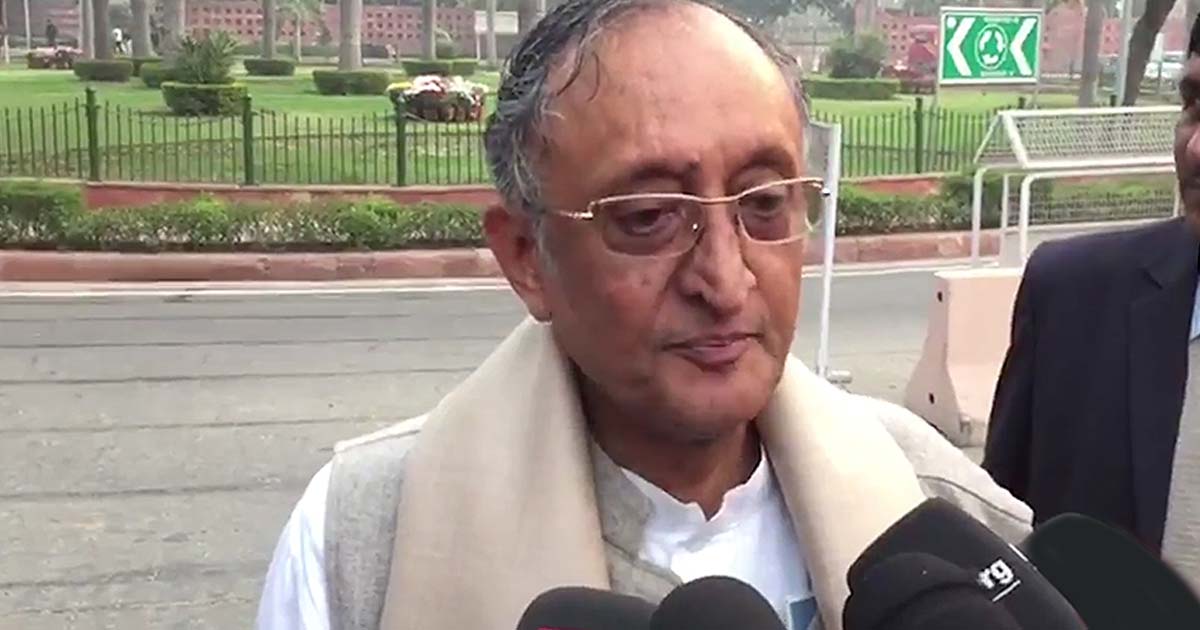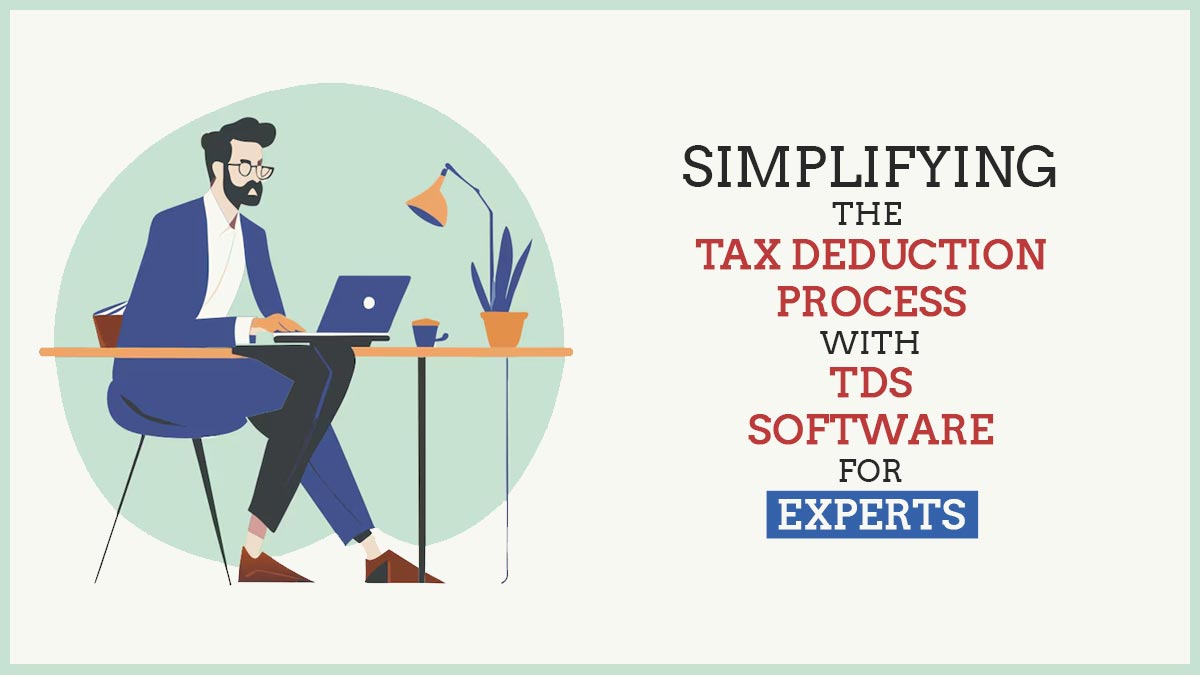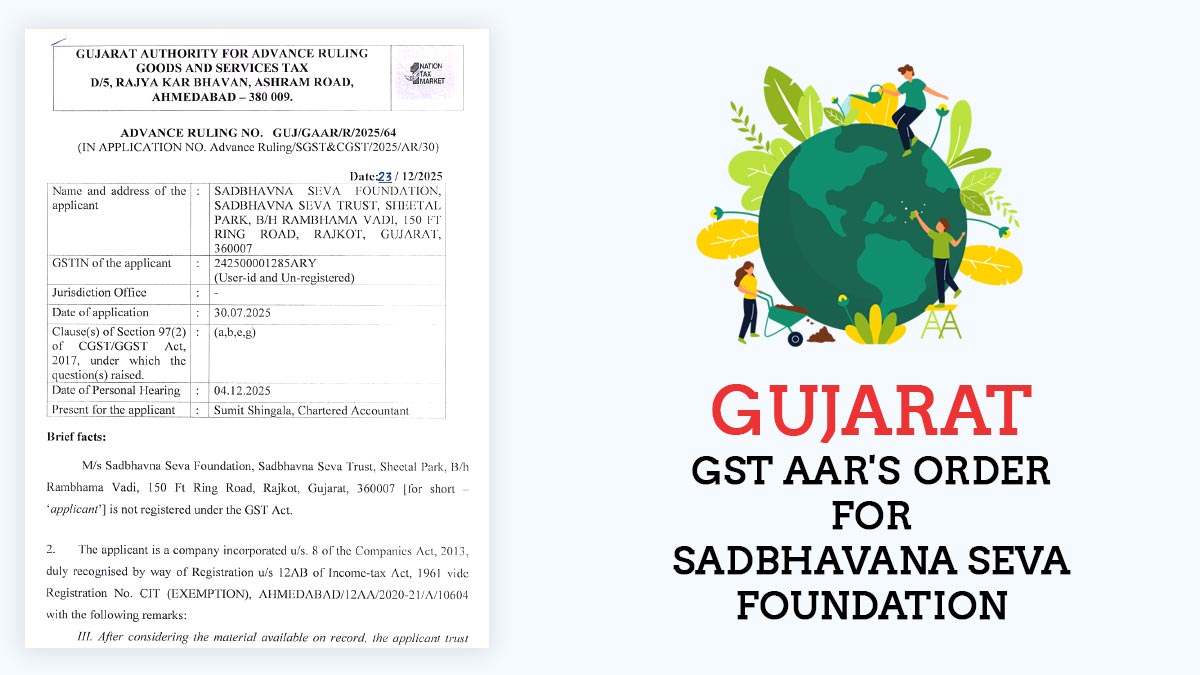Goods and Services Tax is makings its way to hawala transactions because businesses are claiming ITC that are not able to be matched with the invoices, said West Bengal Finance Minister Amit Mitra. GST (Goods and Services Tax) was implemented in a hurry on 1 July 2017, and Mitra said that he was against it because in such a hurry the computer systems were not much developed and prepared to deal with the sudden uploading of the 300 crore invoices.
Mitra said at an event “Today a short (returns) form is being filled and when you do not upload invoices, according to me, today hawala is happening out of GST. If the invoice is not required to be uploaded, when you file GSTR-3B then you claim the input tax credit (ITC), which is black money because there was no transaction. It was unprepared GST”. under GST regime, businesses are required to file GSTR-3B summary sales return and GSTR-1 as final sales return each month.
At first, when GST (Goods and Services Tax) was implemented, the businesses had to fill up 3 forms i.e. GSTR-1 (sales return), GSTR-2 (purchase return) and GSTR-3 (final return-combination of both GSTR-1 and 2). It was difficult for businesses to file threes return a month because the last minute rush could not be handled by the GST system on the due date of filing those returns, so the businesses complained about the same. It resulted in the summary sales return form GSTR-3B for businesses, according to which taxes must be paid by the 20th day of the next month. This solution was decided by the GST Council, chaired by Union Finance Minister and comprising state finance ministers.
To match purchase and sales returns, as of now, there is no requirement for businesses to upload invoices for filing the GSTR-3B and GSTR-1. The GSTR-2 and 3 have been kept on hold and the tax authorities are working toward the simplification of return forms which will most probably launch in 2019. Mitra said “I had said that GST should not be launched on July 1, 2017. Computers were required to process 300 crore invoices, but there was no testing or pilot run”.
GST, which was introduced on July 1 last year, effectively subsumed 17 different indirect taxes including sales tax, VAT and excise duty levied by central and states, making India one-tax nation. It also effectively removed the cascading of taxes.










